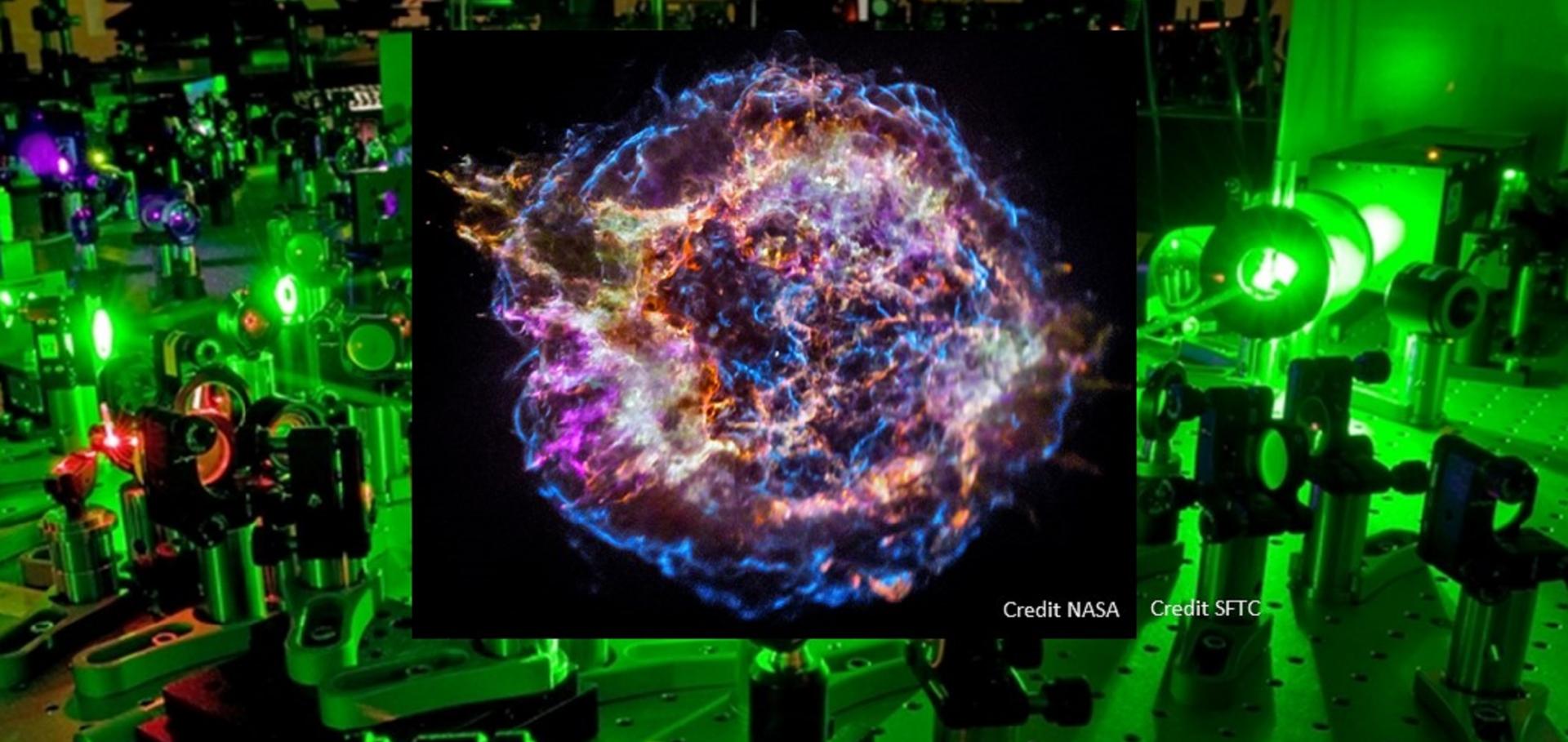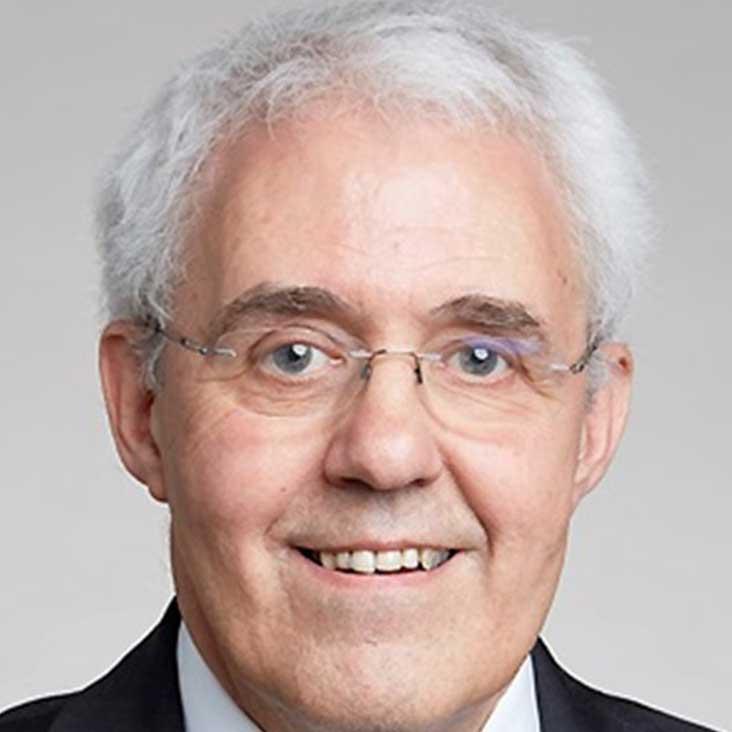Generation of scaled protogalactic seed magnetic fields in laser-produced shock waves.
Nature 481:7382 (2012) 480-483
Abstract:
The standard model for the origin of galactic magnetic fields is through the amplification of seed fields via dynamo or turbulent processes to the level consistent with present observations. Although other mechanisms may also operate, currents from misaligned pressure and temperature gradients (the Biermann battery process) inevitably accompany the formation of galaxies in the absence of a primordial field. Driven by geometrical asymmetries in shocks associated with the collapse of protogalactic structures, the Biermann battery is believed to generate tiny seed fields to a level of about 10(-21) gauss (refs 7, 8). With the advent of high-power laser systems in the past two decades, a new area of research has opened in which, using simple scaling relations, astrophysical environments can effectively be reproduced in the laboratory. Here we report the results of an experiment that produced seed magnetic fields by the Biermann battery effect. We show that these results can be scaled to the intergalactic medium, where turbulence, acting on timescales of around 700 million years, can amplify the seed fields sufficiently to affect galaxy evolution.A filamentation instability for streaming cosmic rays
Monthly Notices of the Royal Astronomical Society 419:3 (2012) 2433-2440
Abstract:
We demonstrate that cosmic rays form filamentary structures in the precursors of supernova remnant shocks due to their self-generated magnetic fields. The cosmic ray filamentation results in the growth of a long-wavelength instability, and naturally couples the rapid non-linear amplification on small scales to larger length-scales. Hybrid magnetohydrodynamics-particle simulations are performed to confirm the effect. The resulting large-scale magnetic field may facilitate the scattering of high-energy cosmic rays as required to accelerate protons beyond the knee in the cosmic ray spectrum at supernova remnant shocks. Filamentation far upstream of the shock may also assist in the escape of cosmic rays from the accelerator. © 2011 The Authors Monthly Notices of the Royal Astronomical Society © 2011 RAS.A review of Vlasov-Fokker-Planck numerical modeling of inertial confinement fusion plasma
Journal of Computational Physics 231:3 (2012) 1051-1079
Abstract:
The interaction of intense lasers with solid matter generates a hot plasma state that is well described by the Vlasov-Fokker-Planck equation. Accurate and efficient modeling of the physics in these scenarios is highly pertinent, because it relates to experimental campaigns to produce energy by inertial confinement fusion on facilities such as the National Ignition Facility. Calculations involving the Vlasov-Fokker-Planck equation are computationally intensive, but are crucial to proper understanding of a wide variety of physical effects and instabilities in inertial fusion plasmas. In this topical review, we will introduce the background physics related to Vlasov-Fokker-Planck simulation, and then proceed to describe results from numerical simulation of inertial fusion plasma in a pedagogical manner by discussing some key numerical algorithm developments that enabled the research to take place. A qualitative comparison of the techniques is also given. © 2011 Elsevier Inc.A long-wavelength instability involving the stress tensor
Monthly Notices of the Royal Astronomical Society 418 (2011) 782-788
Cosmic ray acceleration at oblique shocks
Monthly Notices of the Royal Astronomical Society 418 (2011) 1208-1216


